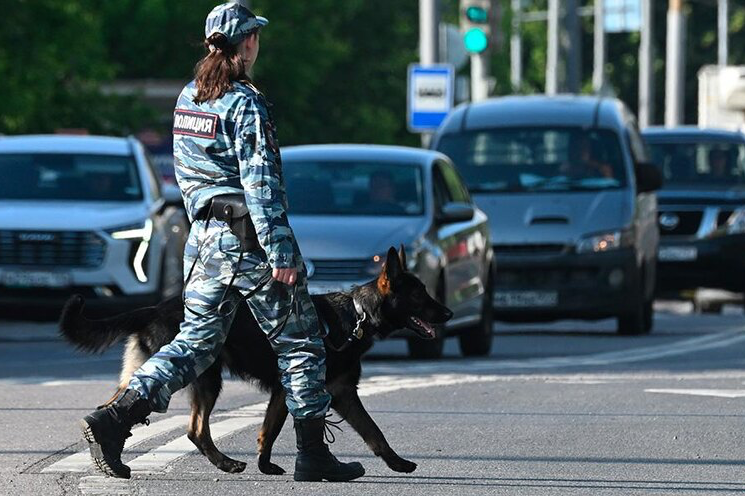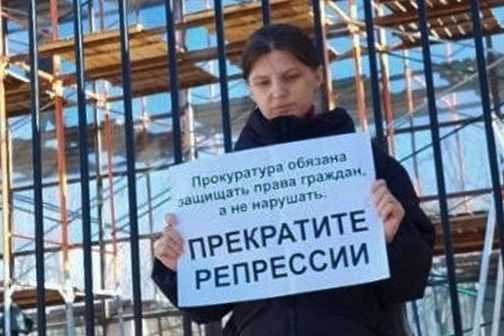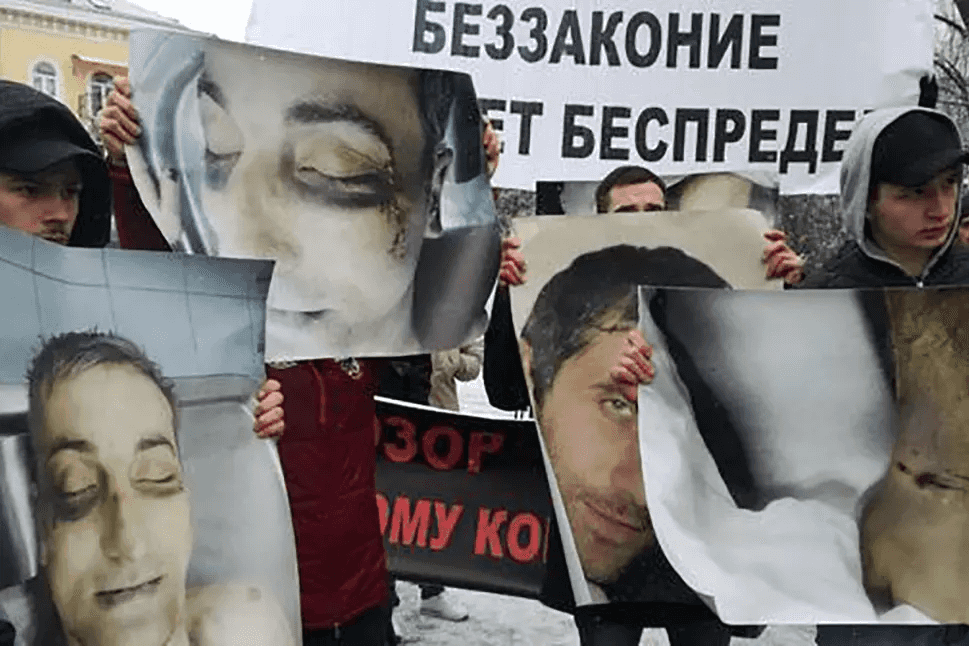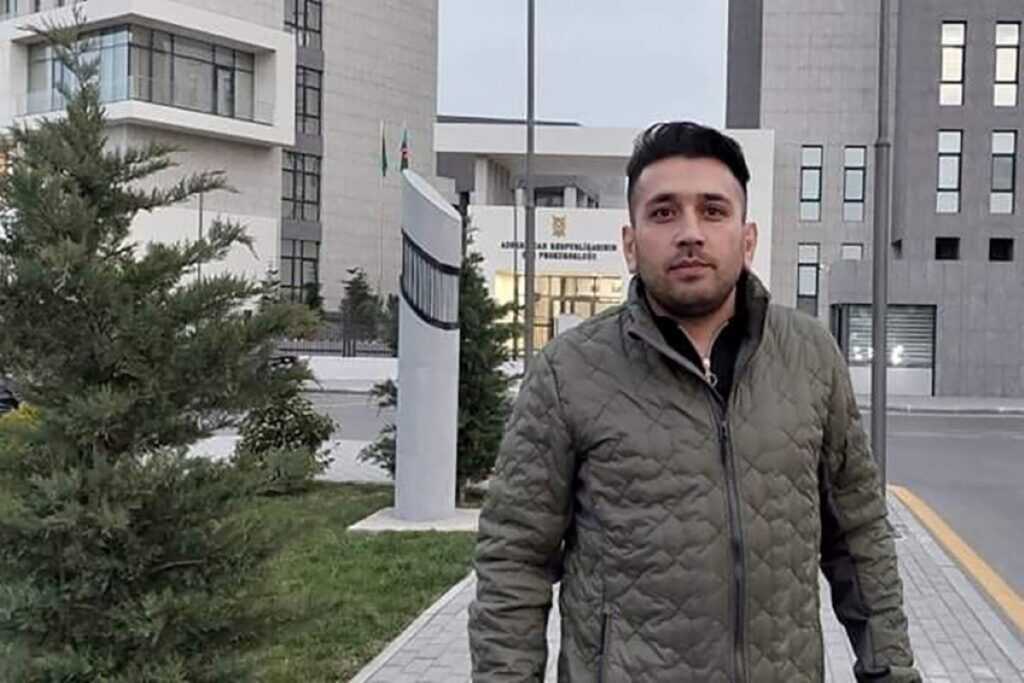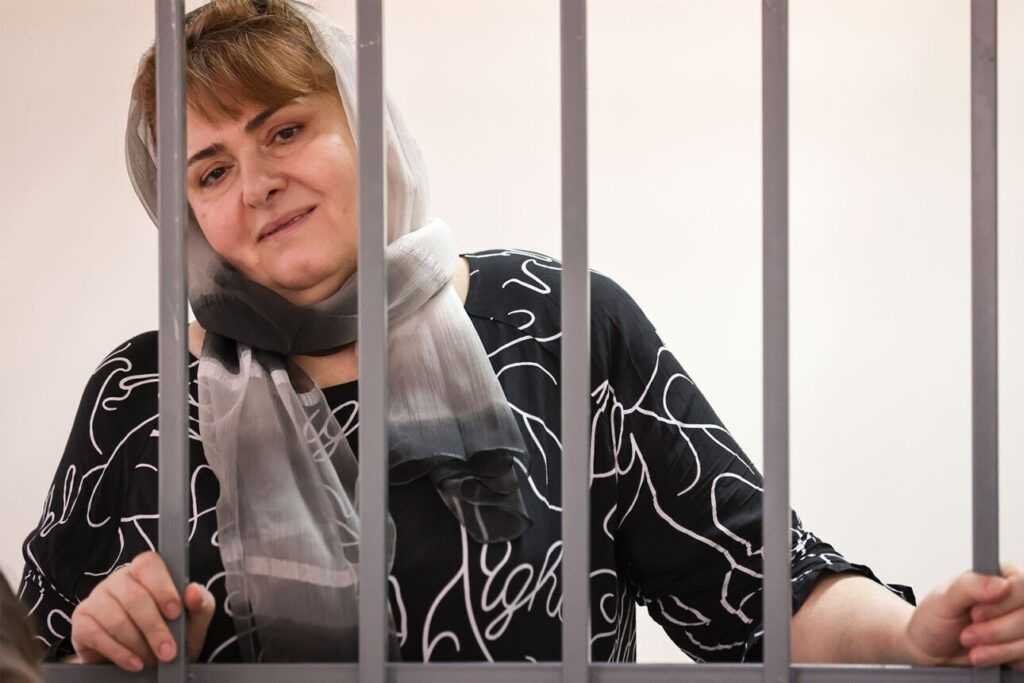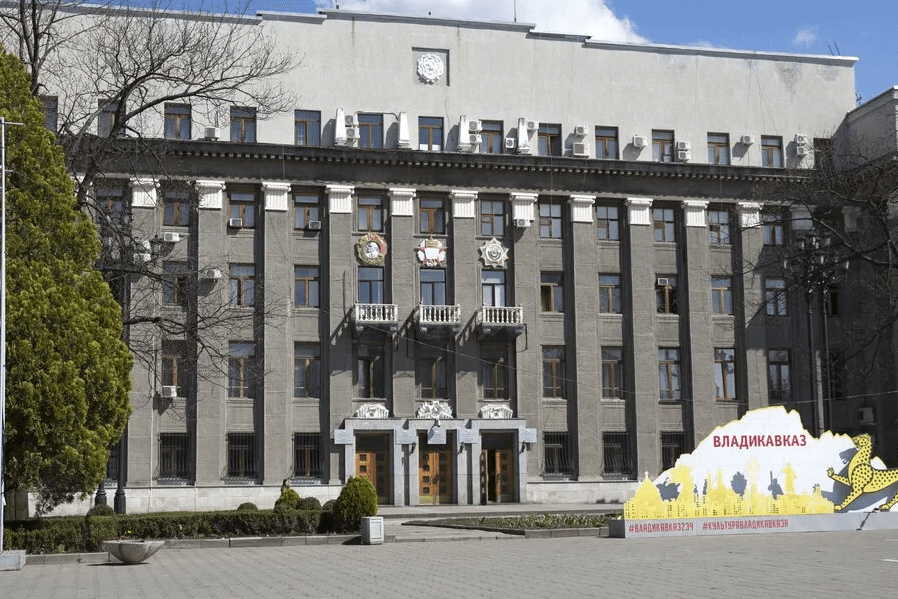
North Ossetia is experiencing a second day of mobile internet disruptions amid a drone threat alert. While local media and social media channels have cited a damaged backbone internet cable as the cause, regional authorities have denied any technical malfunction and attribute the slowdown to security measures.
An official statement on the internet disruptions was made by North Ossetian Head Sergei Menyailo. In a post on his Telegram channel, Menyailo said that a possible reduction in mobile internet speed was linked to the operation of systems designed to counter unmanned aerial vehicles (UAVs). He added that an emergency response centre was working around the clock and urged residents to remain calm and avoid reacting to provocations.
‘Trust only official information,’ Menyailo wrote.
The regional government’s position was echoed by Daniil Gakhov, chair of North Ossetia’s Committee for Digital Development. According to Gakhov, no malfunctions had been detected in the telecommunications infrastructure and that all systems remained operational. He emphasised that any slowdown or restricted access was the result of ‘security measures intended to protect against potential drone attacks’.
Meanwhile, an alternative explanation was published by the South Ossetian state news agency Res, citing the telecommunications company Yug-Telecom. According to the company, a technical failure occurred during work on the fibre-optic cable linking South and North Ossetia. The damage was located between the North Ossetian villages of Mizur and Buron.
Technical service representatives said the failure had been localised, some users had already been switched to backup communication channels, and that restoration work was ongoing. The company said all available resources had been mobilised and issued an apology for the inconvenience.
The drone threat alert remains in force across the republic amid ongoing technical issues and a heightened security regime. The alert was issued overnight from 15 to 16 July in both North Ossetia and Kabarda–Balkaria. These measures typically involve the use of electronic warfare systems, which can interfere with mobile and internet connectivity.
Previously, Russia’s Federal Ministry of Digital Development announced it was drafting regulations to limit the power of regional governments to implement mass internet shutdowns. According to federal media outlets, the ministry, together with industry representatives, plans to establish protocols for suspending mobile internet access during drone attacks. The ministry claims such measures would be applied selectively to avoid violating user rights or disrupting critical infrastructure.
As of now, no timeline has been announced for the full restoration of stable internet access.
On Tuesday, authorities in North Ossetia imposed strict security measures in response to what they described as ‘information about a planned assassination attempt on members of the Russian armed forces and their relatives’ by Ukrainian intelligence services in Vladikavkaz, according to a statement from the regional government.
All public events were suspended, the filming of military facilities banned, and checks on transit vehicles and private cars were intensified, including personal searches of drivers. Residents of Vladikavkaz have also been officially urged to avoid crowded areas due to ‘credible intelligence about the threat of drone attacks’.
In April 2025, North Ossetia was the target of a major drone attack — according to officials, 15 drones were shot down in the Mozdok district. While debris from one of the drones reportedly landed on an uninhabited building, there were no casualties or serious damage. Even so, the attack was the most significant drone incident in the region to date.
A previous drone attack on North Ossetia occurred on 25 December 2024, resulting in the death of a civilian woman, 57-year-old Ida Chivaeva.
Drone strikes against North Ossetia began in the summer of 2024.
In July 2024, North Ossetia was reportedly attacked twice by drones. According to Menyailo, during the first attack, ‘minor destruction and fires’ were recorded at the airfield. He later deleted his post about the damage on Telegram.
During the second attack, Menyailo claimed that ‘there were no casualties or damages’.
On 12 December 2024, Menyailo reported another drone attack on Mozdok district. He specified that the Mozdok district was attacked, but claimed there were no casualties or damages as a result of the incident.
